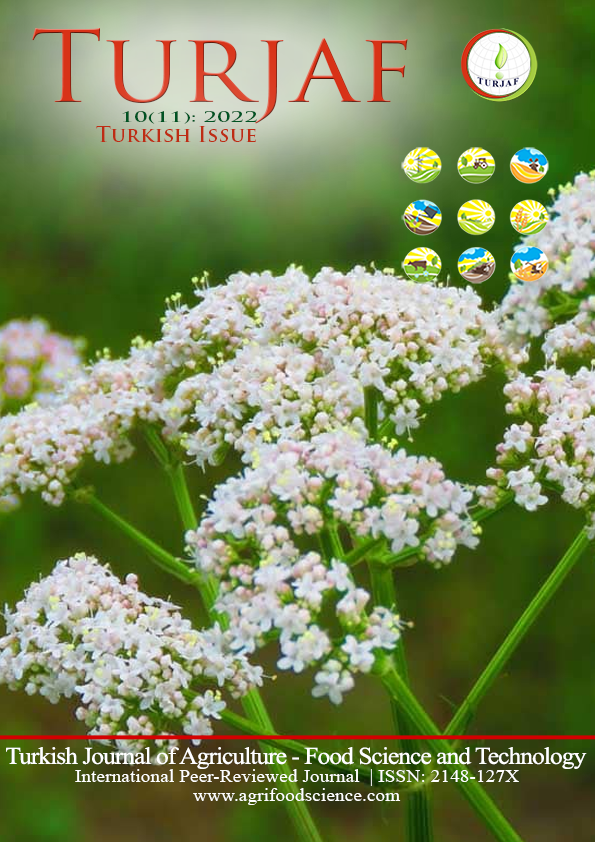Use of Yeast Cells as Biocarrier in the Encapsulation Process
DOI:
https://doi.org/10.24925/turjaf.v10i11.2125-2131.5076Keywords:
Yeast cell, Encapsulation, Bioactive compound, Aroma, Controlled releaseAbstract
Yeast cells are carriers with great potential for encapsulation of both hydrophobic and hydrophilic compounds, due to protection from external environmental influences, controlled release, biocompatibility and biodegradability. The promising research results on the encapsulation of bioactive substances in the recent past promise a bright future in many fields such as agriculture, medicine and cosmetics, including functional food. The significant decrease in the stability of many bioactive compounds due to environmental conditions (heat, humidity, oxygen, etc.) has revealed the necessity of preserving the stability of these types of compounds by encapsulation process. After the recognition of yeast cells as suitable carriers for water-soluble flavor encapsulation, the possibilities of using various yeasts, especially Saccharomyces cerevisiae, in the encapsulation of various oils, vitamins, flavors and some phenolic compounds have been the subject of various scientific studies. The fact that the encapsulation process using yeast cells offers some advantages compared to other encapsulation methods has made the use of yeast cells in the encapsulation process very popular and there has been an increase in studies conducted in recent years. In this study, various scientific studies on the possibilities and effectiveness of the use of yeast cells in the encapsulation of various structures, especially various bioactive compounds, have been reviewed.Downloads
Published
29.11.2022
How to Cite
Hatip, G., Türkay, Şeyda, & Karaman, K. (2022). Use of Yeast Cells as Biocarrier in the Encapsulation Process. Turkish Journal of Agriculture - Food Science and Technology, 10(11), 2125–2131. https://doi.org/10.24925/turjaf.v10i11.2125-2131.5076
Issue
Section
Review Articles
License
This work is licensed under a Creative Commons Attribution-NonCommercial 4.0 International License.









